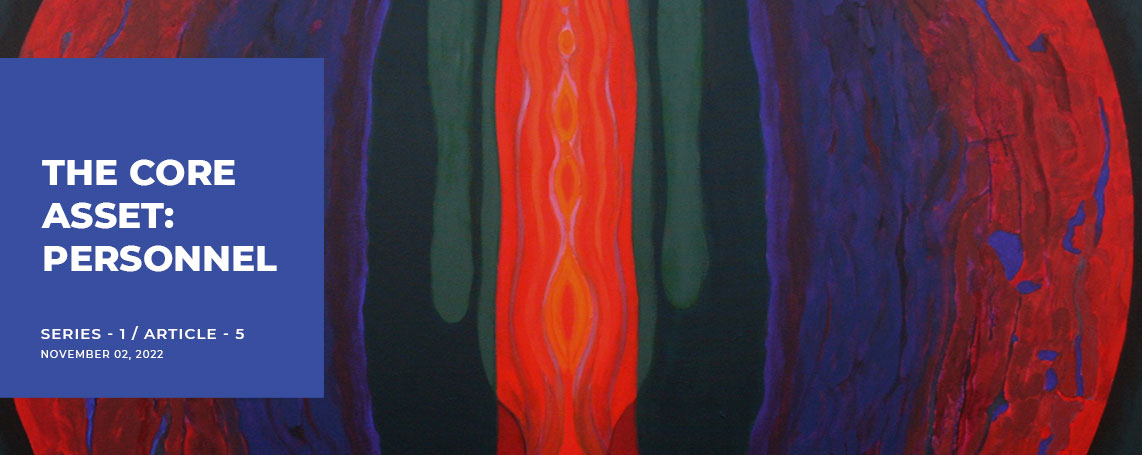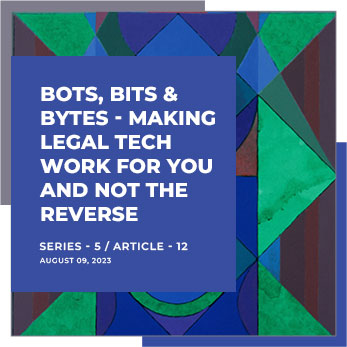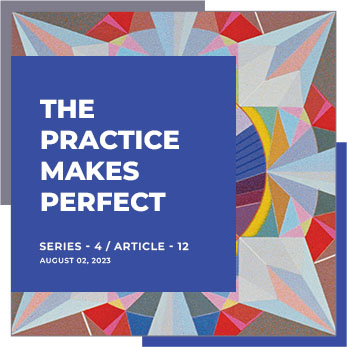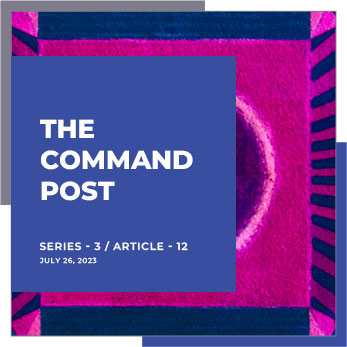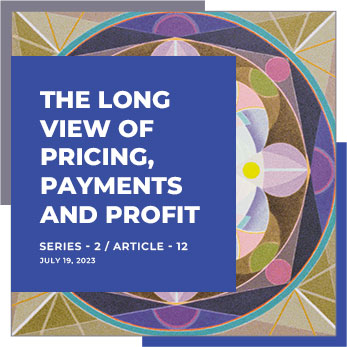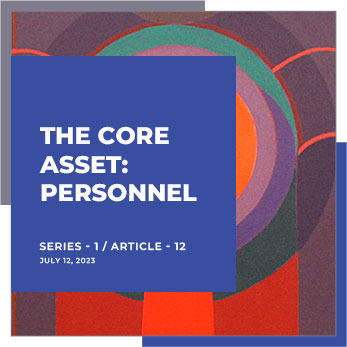“Many of the issues faced in legal operations are business issues more than legal issues. The concepts and the technology may be manageable, but some legal teams face difficulty with effecting change.”
Managing complex litigation has been compared to taming not just one wild beast but several at one time. The snarls can come not merely from opposing counsel and their firm’s demands, maneuvers, and tactics but also from in-house and outside counsel and the ever-watchful monitors of the litigation’s budget.
Then there is the management of the project’s goals with the litigators having one concept of ‘success’ and ‘win’ while the client might have quite different expectations—and costs—in mind. But it is the job of the litigation project manager to come, whip in hand, to oversee all of these challenges while placating partners and executive committee alike.
The Growth of LPM
Just as new construction projects or the development of a new chip require a Project Manager to keep all of the pieces together and make sure they all fall into place, today’s complex litigation undertakings are also projects in the sense that they require detailed planning, execution, and oversight. Although the concept of project management is certainly not new, Litigation Project Management (LPM) is a relatively recent development in the practice of law—one that has evolved over the past decade—with accelerated growth in just the past five years. At a recent Practicing Law Institute program on ‘Project Management for Lawyers’ held in February 2022, there were over 600 registrants in attendance, with in-house lawyers from both corporate and government law departments outnumbering private practice attendees by 50%. Yet, despite such growth, many law firms remain quite unaware of the role of LPM and its potential to greatly enhance litigation operations and effectiveness.
LPM Tools of the Trade
To be successful, the LPM manager must adopt a systemic or holistic approach from initial planning to ongoing management, and finally, bring the litigation project to conclusion. The goals for anticipated time expenditure, financial budgeting, and performance achieved for the client should all be charted upfront, even though the project will inevitably require much modification along the way. Flexibility will prove invaluable due to the art of litigation by nature, being a moving target with perhaps interlocutory rulings by judges popping up and unforeseen conduct by opposing litigators. Unlike project management in other industries, the ‘management of uncertainty’ stands out as a primary challenge for the LPM manager.
Utilizing the Gantt Chart
Scope, objectives, and method will all be part of the project’s plan, which must identify timelines and milestones while gathering input from experienced staff and those who will be on the front lines if different from the seasoned members of your firm. To assist with all of this, there are Project Management software applications that track input, benchmarks, and interim achievements, all on a platform that can be shared electronically with all members of the LPM team. Project status must be continuously updated and communicated to both the team and, as appropriate, to the client.
But even firms that do not invest in Project Management software applications will still benefit from having their LPM manager make use of the Gantt chart, a system of categorizing tasks, deadlines, goals, and budget against a projected timeline and human and financial resource allocation.
Project Particulars
From oil spills to opioid addiction liability, product liability, and securities fraud, all areas of complex litigation are unique but nevertheless are governed by certain common conventions. The scope of the project should be defined in terms of both short-term and long-term goals, while at the same time, more granular planning will be necessary to address the task-by-task and motion-by-motion action plan. Discipline and structure will have to be coupled with technological processes to manage the project from client interview through post-litigation analysis. This latter step is necessary to learn what lessons can be taken away for next time so as to enhance the delivery of litigation services in the future.
A critical part of complex litigation is eDiscovery (document review), and although this is a specialized discipline within litigation, it too will require task coordination of the LPM manager.
Impact on Lateral Hires
Law office management experts have also cited LPM structure as a means of more quickly assimilating lateral hires into a firm’s culture. Partners and associates who come onboard and find themselves facing a transplant ‘rooting’ problem can take heart upon learning that complex litigation practices at the new firm are standardized along operational lines similar to the firm they left. LPM best practices offer a more stable, transparent, and familiar environment to collaborate with their new colleagues as they practice their profession. Getting up to speed quickly is, of course, financially beneficial for the firm they have moved to. LPM standardization is also advantageous to the LPM manager, who may also wish to make a lateral career move to a different litigation firm.
Although not every firm will need the services of an LPM manager, larger firms in particular or even mid-size firms with a vibrant litigation department will undoubtedly benefit. Comprehending the complex litigation file as a project to be managed by a specialist is the first step in upping your firm’s litigation game while enhancing your clients’ legal services experience.
Executive Summary
The Issue
How to professionally manage complex litigation as the project that it is?
The Gravamen
Placing all facets of your complex litigation management under one professional will bring the project’s scope, financial budgeting, and litigation performance metrics under one efficient system.
The Path Forward
Whether you are a litigation law firm manager, or serving as in-house corporate counsel, consider the benefits of using an LPM manager for more efficient handling of complex litigation.
Action Items
Research:
Research the recent growth in Litigation Project Management to better understand the role of the LPM manager..
Re-think:
Re-examine your view of complex litigation to see it through the lens of project management discipline.
Holistic Planning:
Scope your litigation project from its systemic elements down to the granular tasks that must be accomplished to meet the client’s expectations.
Investment:
Invest in the technological tools that your LPM manager will need to properly coordinate, monitor, and communicate to the team and client the progress of your project.
Further Readings
- https://lawvision.com/the-latest-trends-and-data-points-on-legal-project-management/#.YuBOIIRBw2x
- https://www.clio.com/blog/legal-project-manager/
- https://www.mmmlaw.com/files/documents/publications/article_349.pdf
- https://www.americanbar.org/content/dam/aba-cmsdotorg/products/inv/book/214262/5110763_excerpt.pdf
- https://www.projectmanager.com/blog/legal-project-management

